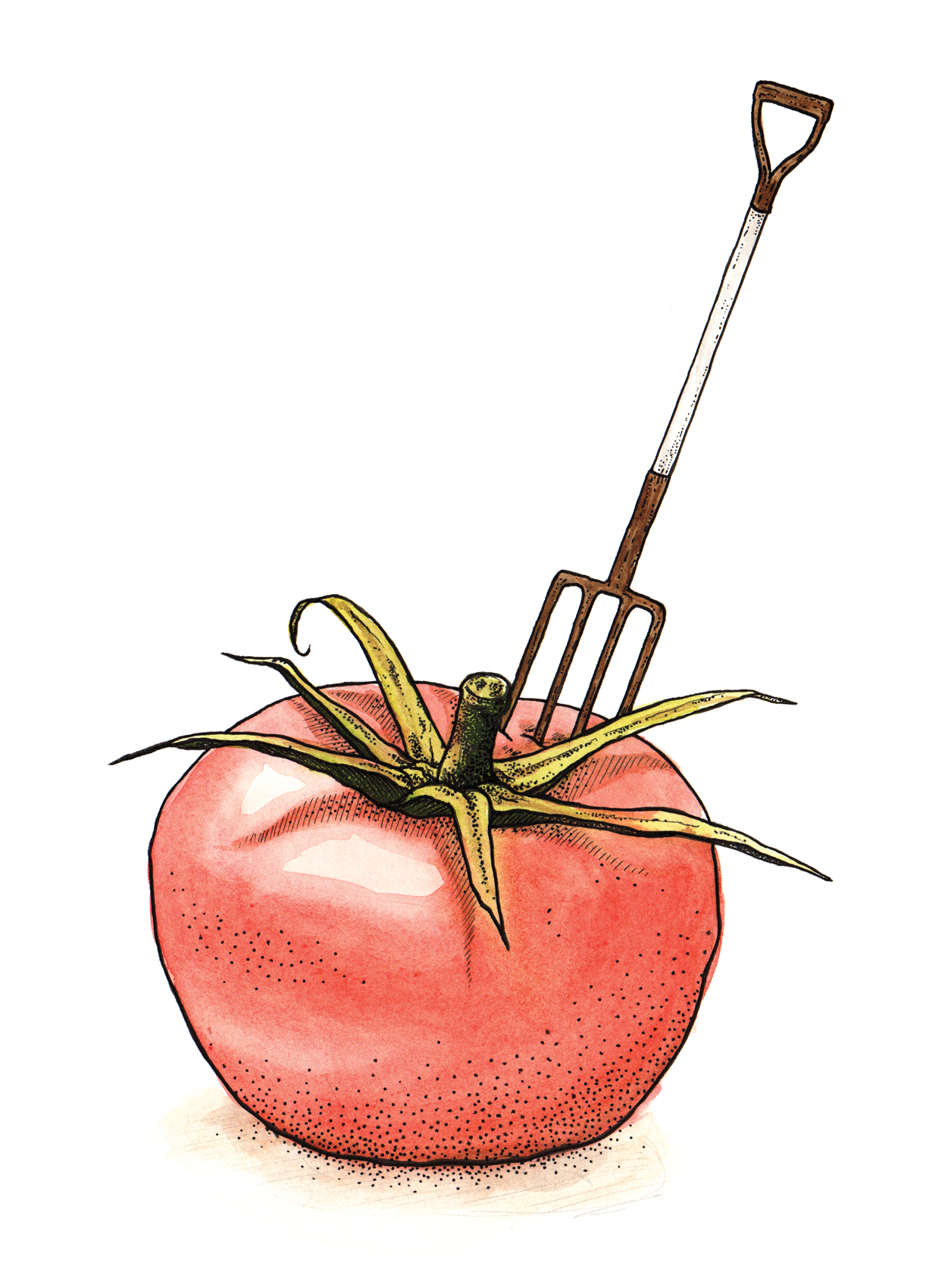Even in the coldest winter months, Edmonton consumers can find fresh berries and other produce on grocery store shelves. However, more and more people are shopping seasonally from suppliers closer to home. Local chefs are taking the concept a step further, turning to local suppliers, growing their own crops and incorporating other sustainable practices into their restaurants.
“The trends, I think, are really escalated because of television, the Food Network, all these new pop-ups and restaurants. It has been in fashion for a while to be supporting local farmers,” says Julianna Mimande, general manager of Glasshouse Bistro & Cafe at the Enjoy Centre in St. Albert. “People are taking ownership again of the food that they’re putting into their bodies.”
A January 2013 report by Alberta Agriculture and Rural Development revealed that 93 per cent of Alberta households had purchased food grown or made in Alberta at some point within the prior 12 months, and 29 per cent indicated they planned to increase the amount they were purchasing locally in the coming year. “I think there’s a sense of fear of not knowing where their food comes from,” says Paul Shufelt, chef and owner at The Workshop Eatery. “How do you grow stuff that’s put on a truck and shipped from California, takes three days to get here, and it still tastes good in the cellophane a week later?”
For many restaurants, it’s not just about finding local suppliers – it’s about adjusting the menu to reflect what’s in season. “We’re not supposed to inhale a box of strawberries in January. We’re not supposed to eat corn in March,” Shufelt says.
When refining the dishes at The Workshop Eatery, located in the Mosaic Centre for Conscious Community and Commerce, Shufelt thought back to how he ate as a child. “I grew up in a small town, and we had a massive garden, our garden sustained us all summer. That was just the way we ate,” he says. “If there were beans coming from the garden, there were beans on our plate three or four nights out of the week.” He honoured his roots by placing several planters near the windows of the restaurant – the first harvest, bound for pickle jars, was underway before the doors opened.
